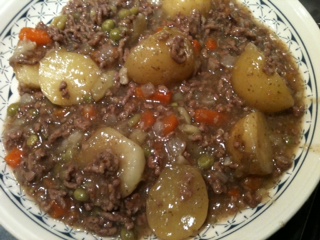
Two things got made in the Scottish Mum household today and they were complete opposite ends of the spectrum. I made apple muffins and a hodgepodge of rubbish and odds and sods that were lying around the fridge for supper.
The apple muffins are a pretty standard recipe so I won’t do them. I did the muffin type recipe that I just substitute different fruit for. I learned how to make nice muffins when I did the post for Prince’s fruit.
Onto the Slow Cooked Mince & Tatties
Now this is not the Scottish way, and it is probably not anybody’s way of making mince and potatoes, but if we don’t try different ways now and again, we never find out newer and quicker ways to feed our families without slaving over a hot stove.
I do a lot of cooking, but I really dislike it with an enormous passion. My dislike for cooking is probably the reason I love my slow cooker so much.
So rather than proper mince and tatties, this is more of a Hodgepodge
Here we go.
1kg of Mince, browned in a pan with 2 smallish onions.
With the kettle boiled for the slow cooker, I decided that I was going to be lazy today and throw it in the pot for later.
I rustled up about 1 kg of different vegetables and 2 kg of baby potatoes which I cut into halves and some into slices.
Along with a couple of stock cubes, about 25 ml of lemon juice and a pinch or two of salt, I threw it all in the pot and added water – and then proceeded to ignore it for the next 4 hours while it cooked.
When we were ready to eat, some cornflour to thicken and bobs your uncle.
Part of me was slightly worried about how this would turn out, but I have learned that the only thing that ingredients in food have to be precise for is actually everything to do with baking and pastry. With anything else, pretty much anything goes with trial and error.
Sundays big meal cost me less than £10 with masses of food for everyone and enough left over for tomorrow, so that will be two big meals for £5 each.
Ok, slow cooked mince and tatties doesn’t look fabulous on the plate, but it tasted amazing and no slaving over a hot stove. There is just something delicious about potatoes cooked hot pot style.
I had forgotten to make a loaf so we used apple muffins to soak up the gravy. What a combination..




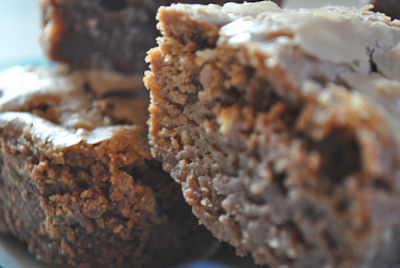




















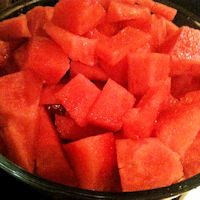



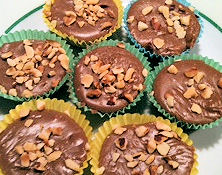



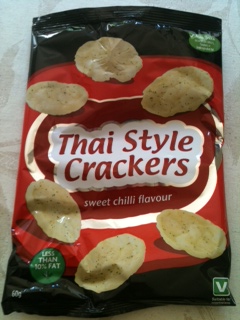











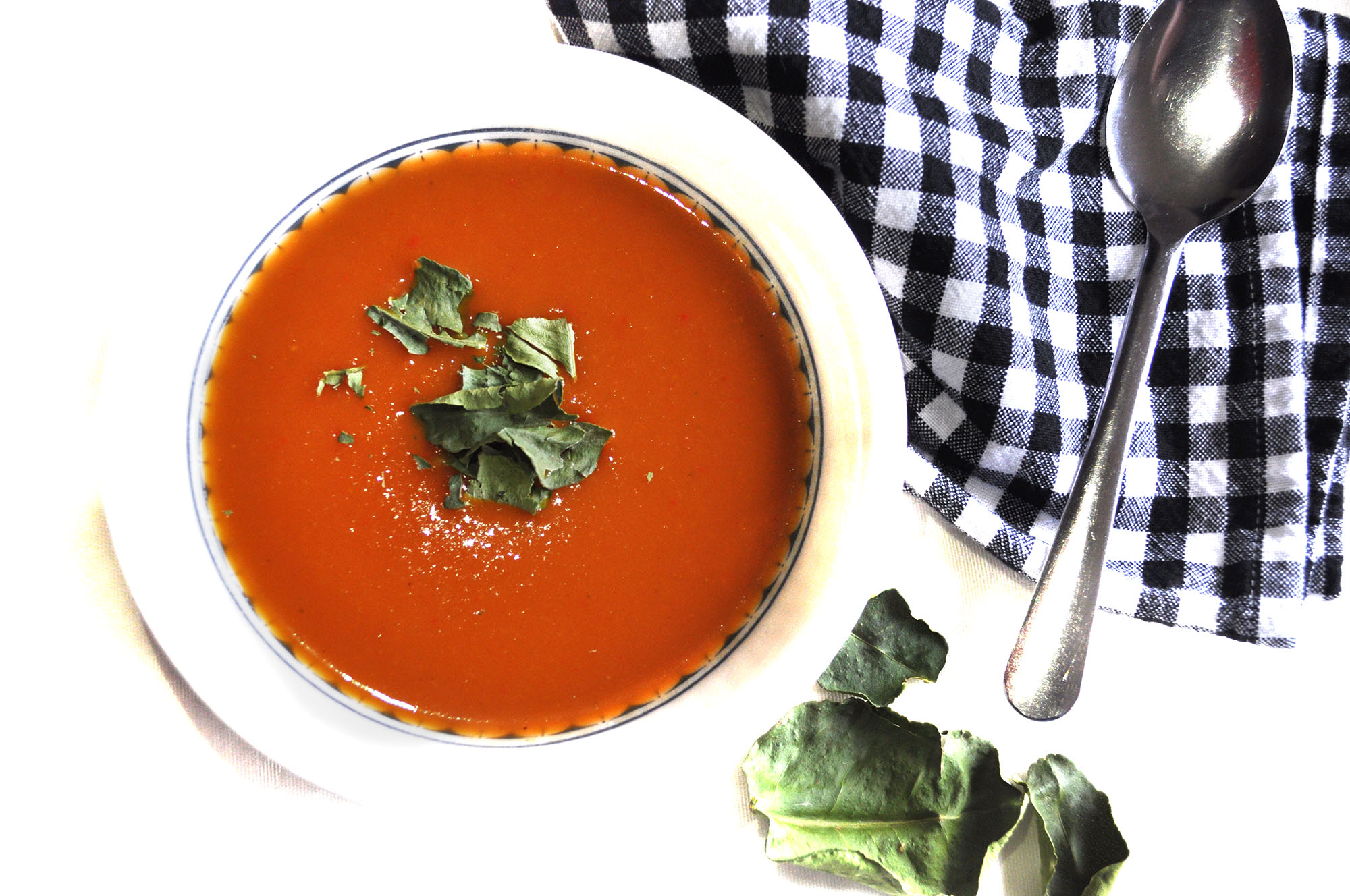

Add anything you like. Cooking is all about changing ingredients to suit what you have or what you prefer. I…
Thankyou for your recipe would it be okay to add some chopped bacon , Mushrooms, Cauliflower and broccoli to this…
Thanks for the article, very informative